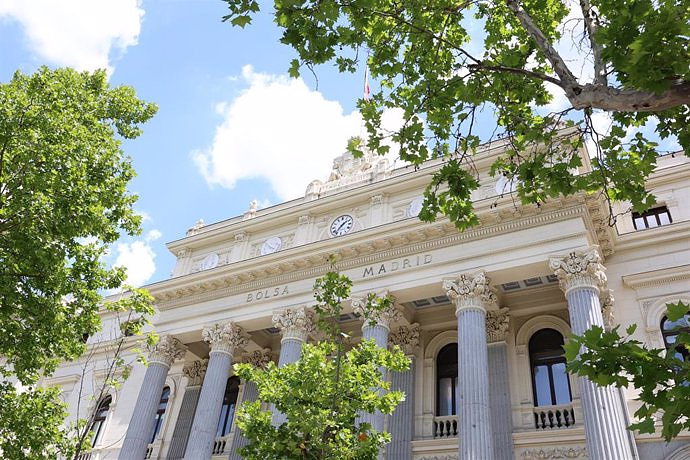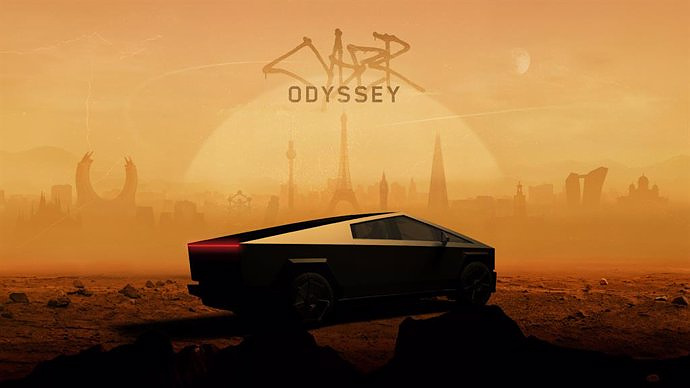The Hamilton Banknote Company printed the colorful notes in New York. They were part of the "Arias Issue." Dr. Arnulfo Arias was the president of Panama three times. His first term ran from June 1940 through Oct. 9, 1941 when he was overthrown by the military. He authorized private banks to issue paper currency during that brief period, but Banco Central Emision de la Republica de Panama was the only one. It was authorized to issue six million balboas worth currency. On Oct. 2, 1941, approximately 3 million balboas of face value were released. The bank was shut down after Arias's ouster. Most of the currency was destroyed.
The bank issued 1- to 20-balboa, 5-, 10- and 10-balboa bills. Paper Money Guaranty graded all of the rare notes at the auction.
Auctioneers included the finest Republic of Panama 20balboa paper note. This note was sold with an ox cart in its central vignette for $43,200 in Extremely Finest 45 Exceptional Quality.
The 10 balboa note depicting Old Panama Cathedral in Panama City in Gem Uncirculated65 is the most valuable of the 12 grades assigned by the service. It was worth $36,000
It was the highest-graded 5-balboa Note, and included a statue of Urraca the Native Chieftain. It was sold in Gem Uncirculated66 for $30,000
In the same condition as the 1-balboa notes, the auction's highest-graded example is also available. It includes the famed armored bust Vasco Nunez De Balboa. The note was worth $14,400
There were two additional Arias issues, but they were lower-graded. A 1-balboa Note in Choice Uncirculated 64 was offered for $9,600, and a 5-balboa Note in Very Fine 30, were offered for $9,900.
The $55,200 top note in the Stack's Bowers Galleries auction was an undated Reserve Bank of India Haj Pilgrim 100-rupee issue issue from 1959. It is the most valuable known in About Uncirculated 50. This note was issued by India in 1947 after India gained independence from Britain. It was prohibited for Indian currency to be carried on pilgrimage to Mecca due to fear of smuggling.
These notes had the same design as regular issues, except that they were red. They also featured the word "HAJ", printed on the reverse, and the serial numbers prefixed with the letters HA. Although they weren't legal tender in India they could be converted back into rupees and English pounds.
India also issued a 10-rupee note, and Pakistan printed Haj currency.
A Dominion of Canada $2 Note from 1897 in Gem Uncirculated 64 sold for $43,200. The attractive design features six fishermen on a small boat spearing fish in a single vignette and a portrait of Edward VII, Prince of Wales.

 Exploring Cardano: Inner Workings and Advantages of this Cryptocurrency
Exploring Cardano: Inner Workings and Advantages of this Cryptocurrency Seville.- Economy.- Innova.- STSA inaugurates its new painting and sealing hangar in San Pablo, for 18 million
Seville.- Economy.- Innova.- STSA inaugurates its new painting and sealing hangar in San Pablo, for 18 million Innova.- More than 300 volunteers join the Andalucía Compromiso Digital network in one month to facilitate access to ICT
Innova.- More than 300 volunteers join the Andalucía Compromiso Digital network in one month to facilitate access to ICT Innova.-AMP.- Ayesa acquires 51% of Sadiel, which will create new technological engineering products and expand markets
Innova.-AMP.- Ayesa acquires 51% of Sadiel, which will create new technological engineering products and expand markets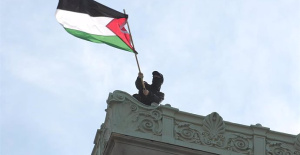 US Police storm Columbia University and arrest more than a hundred pro-Palestinian protesters
US Police storm Columbia University and arrest more than a hundred pro-Palestinian protesters The PP incorporates the former general secretary of Ciudadanos Adrián Vázquez in its list for the European elections
The PP incorporates the former general secretary of Ciudadanos Adrián Vázquez in its list for the European elections Gamarra (PP) accuses Sánchez of "an exercise in democratic degeneration" to "avoid being controlled by counterpowers"
Gamarra (PP) accuses Sánchez of "an exercise in democratic degeneration" to "avoid being controlled by counterpowers" The May 1 demonstration for full employment begins in Madrid
The May 1 demonstration for full employment begins in Madrid How Blockchain in being used to shape the future
How Blockchain in being used to shape the future Not just BTC and ETH: Here Are Some More Interesting Coins Worth Focusing on
Not just BTC and ETH: Here Are Some More Interesting Coins Worth Focusing on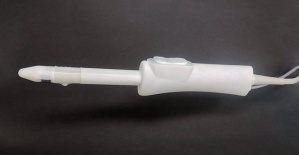 Ivace and promotes a less invasive device for the early detection of prostate cancer
Ivace and promotes a less invasive device for the early detection of prostate cancer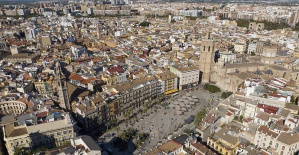 Valencia unanimously approves the ordinance to allocate spaces to test innovative initiatives
Valencia unanimously approves the ordinance to allocate spaces to test innovative initiatives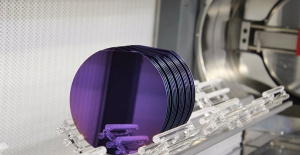 UPV researchers promote a paid master's degree as a "talent factory" in integrated photonics
UPV researchers promote a paid master's degree as a "talent factory" in integrated photonics A spin-off of the UV works on obtaining high-resolution 3D biomedical images in real time
A spin-off of the UV works on obtaining high-resolution 3D biomedical images in real time A million people demonstrate in France against Macron's pension reform
A million people demonstrate in France against Macron's pension reform Russia launches several missiles against "critical infrastructure" in the city of Zaporizhia
Russia launches several missiles against "critical infrastructure" in the city of Zaporizhia A "procession" remembers the dead of the Calabria shipwreck as bodies continue to wash up on the shore
A "procession" remembers the dead of the Calabria shipwreck as bodies continue to wash up on the shore Prison sentences handed down for three prominent Hong Kong pro-democracy activists
Prison sentences handed down for three prominent Hong Kong pro-democracy activists ETH continues to leave trading platforms, Ethereum balance on exchanges lowest in 3 years
ETH continues to leave trading platforms, Ethereum balance on exchanges lowest in 3 years Investors invest $450 million in Consensys, Ethereum incubator now valued at $7 billion
Investors invest $450 million in Consensys, Ethereum incubator now valued at $7 billion Alchemy Integrates Ethereum L2 Product Starknet to Enhance Web3 Scalability at a Price 100x Lower Than L1 Fees
Alchemy Integrates Ethereum L2 Product Starknet to Enhance Web3 Scalability at a Price 100x Lower Than L1 Fees Mining Report: Bitcoin's Electricity Consumption Declines by 25% in Q1 2022
Mining Report: Bitcoin's Electricity Consumption Declines by 25% in Q1 2022 Oil-to-Bitcoin Mining Firm Crusoe Energy Systems Raised $505 Million
Oil-to-Bitcoin Mining Firm Crusoe Energy Systems Raised $505 Million Microbt reveals the latest Bitcoin mining rigs -- Machines produce up to 126 TH/s with custom 5nm chip design
Microbt reveals the latest Bitcoin mining rigs -- Machines produce up to 126 TH/s with custom 5nm chip design Bitcoin's Mining Difficulty Hits a Lifetime High, With More Than 90% of BTC Supply Issued
Bitcoin's Mining Difficulty Hits a Lifetime High, With More Than 90% of BTC Supply Issued The Biggest Movers are Near, EOS, and RUNE during Friday's Selloff
The Biggest Movers are Near, EOS, and RUNE during Friday's Selloff Global Markets Spooked by a Hawkish Fed and Covid, Stocks and Crypto Gain After Musk Buys Twitter
Global Markets Spooked by a Hawkish Fed and Covid, Stocks and Crypto Gain After Musk Buys Twitter Bitso to offset carbon emissions from the Trading Platform's ERC20, ETH, and BTC Transactions
Bitso to offset carbon emissions from the Trading Platform's ERC20, ETH, and BTC Transactions Draftkings Announces 2022 College Hoops NFT Selection for March Madness
Draftkings Announces 2022 College Hoops NFT Selection for March Madness





